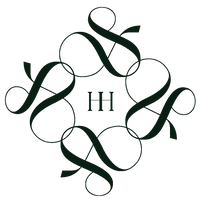How Ancient China was more sexually liberated than the West

Written by Chang Chiung-fang / translated by Robert Taylor
In ancient China the degree of sexual freedom within marriage was extremely great. While there was a duty to maintain one's family line, sex was also considered a way of promoting health and vigour.
Chan Hing-ho, a researcher at France's Centre National de Recherches Scientifiques, who holds a doctorate in literature, says that when people compare China and the West, they generally compare modern China with the modern West. But they are quite unaware that sexual repression in the West in the middle ages was far more severe than in ancient China.

For instance, the 7th-century book Dongxuanzi describes 30 different coital postures. The author, physician Li Dongxuan, gave each position an elegant name, such as "Turning Dragon," "Two Fishes Side by Side," "United Kingfishers," "Mandarin Ducks Entwined," "Wheeling Butterflies," "Dance of the Two Egrets," "Flying Seagulls," and so on.
Moreover, homosexuality was never strongly condemned in ancient China, and many emperors through the ages had such predilections.
In the Han dynasty, almost every emperor had "men of beauty" to accompany him, and in the Wei, the Jin and the Northern and Southern Dynasties, such relationships even spread among the people.

All religions preach controlling the desires to some extent, but the degree of their influence has differed in China and the West. Chan Hing-ho explains that in the West, Christianity was aligned with political power, and so was able to exert great pressure and influence over sexual norms.







